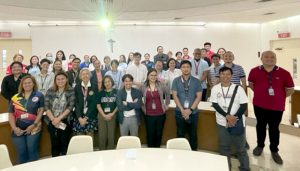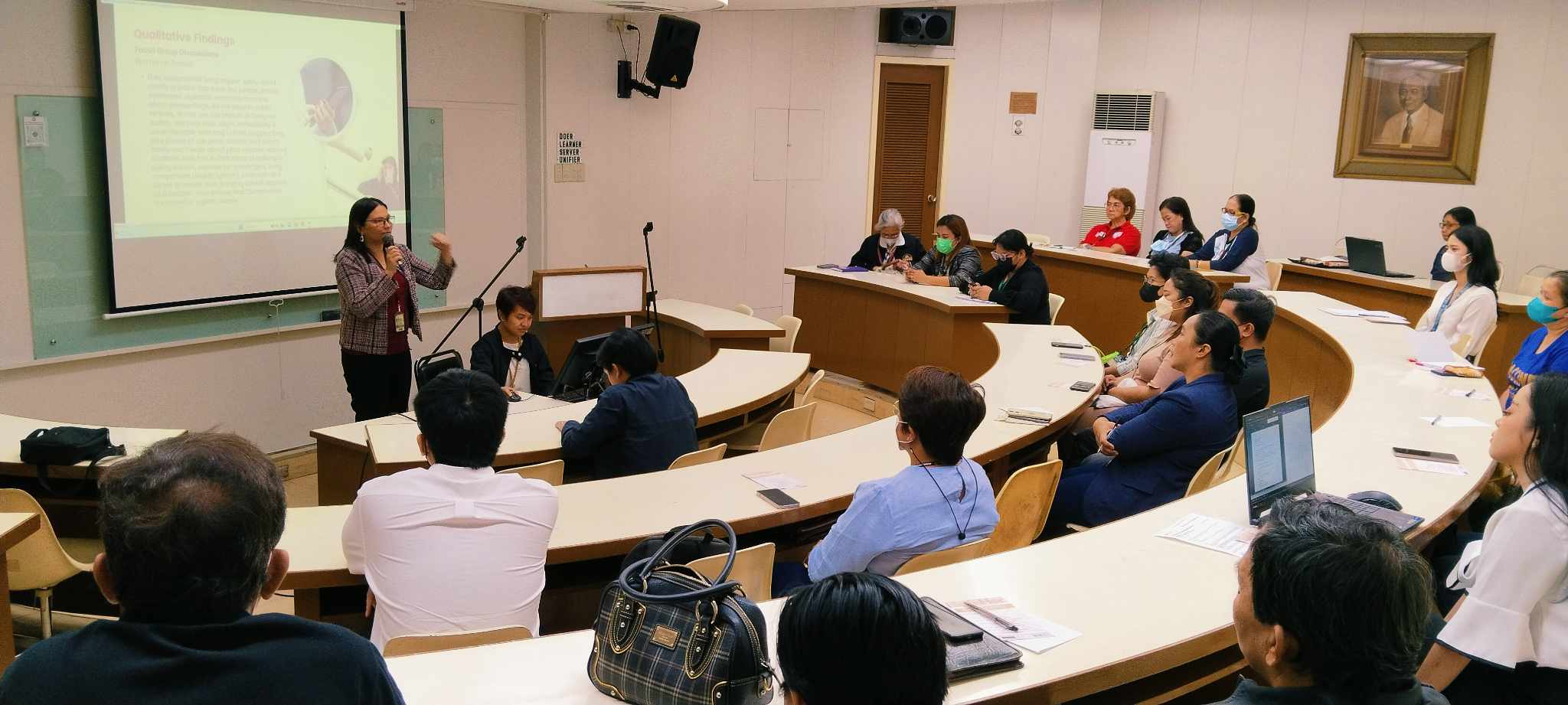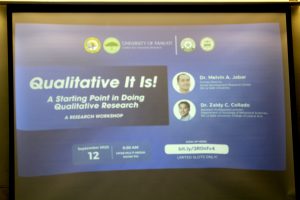Using AI to Ensure Women’s Transport Safety
Artificial intelligence may soon be employed for another worthwhile purpose, as projected during the alpha launch of the SafeHer app held on July 7, 2023 at the Tereso Lara Seminar Room. Funded by the International Development Research Center, Ottawa, Canada, in cooperation with the Instituto Tecnologico de Costa Rica, <A+> Alliance, Feminist Research AI Network, and Women at the Table, development of the app—referred to as a “women empowerment and safety app”—stems from the “Socio-cultural, Psychological, Personal and Spatial Factors to Urban Transit Safety: Informing AI-Driven Filipino Women Safety Apps” study led by SDRC research fellow and Department of Philosophy faculty member Dr. Hazel Biana.
The event was attended by representatives of the Philippine Commission on Women, the Metro Manila Development Authority (MMDA), the Pasig Gender and Development office, Youth for Mental Health Coalition, the Philippine National Police Women and Children Protection Center (WCPC) and Anti-violence against Women and Children Division (AVAWCD), the Light Rail Transit Authority, QCklista, De La Salle-College of Saint Benilde, PARA-Advocates for Inclusive Transport, the Inter-Agency Council on Violence against Women and Their Children (IAC-VAWC), and delegates of VAWC Helpdesks and Barangay Officers from barangays near DLSU: Barangays 708, 709, 713,715, 716, 724, 726, 727, 728, 730, and 755.
The alpha launch began with a presentation of study findings by Dr. Biana and research associate Rosallia Domingo. They defined urban transit safety for women as a combination of defense mechanisms and collective action, and a situation that demanded collaboration between local transit authorities and local government units. They reported that the study led to the SafeHer app concept, which would eventually have the following features: AI-powered SOS alert, detection of nearby women commuters, sharing of live locations (similar to Grab), facility for filing a report, user verification, and optional medical ID.
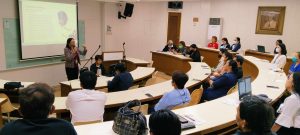
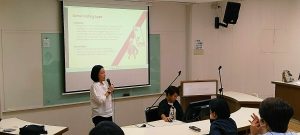
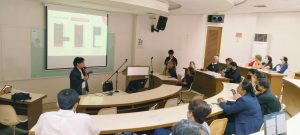
Developer Kevin Lazarito further described and demonstrated the main security features, categorized as AI-powered (with the ability to detect a scream or crash, trigger security protocol, and connect with emergency contacts and/or government hotlines); geolocation (can detect other female commuters who share their location and share live location); and peer to peer (enables reporting of incidents to authorities, employs invite-only app access, and utilizes medical ID when in need of emergency assistance).
Questions raised by participants and addressed by the team involved possible connections between the app and RA 11313 (the “Bawal Bastos” law); issues of connectivity particularly with regard to safe routes; the effectivity of the app when users run out of data; projections for the app in the next five years and what will make it sustainable; whether the app is applicable for men and for children; and compatibility of the app with older model mobile phones.
Before ending the event, co-investigator Dr. Homer Yabut asked the group for their feedback and how they felt they could contribute toward further developing the app. Among the suggestions were for the team to look into innovations that could reduce response time (the PNP WCPC agreed to provide hotline numbers and information on unsafe transit hot spots); for app users to note the vicinity and the precinct number where the incident has taken place, when filing reports; that FAQs be incorporated when promoting the app; and that the app could be made part of the 18-Day Campaign to End VAW. In the event that the prototype qualifies for pilot testing, some Manila officials offered their barangays as venues for rollout.
The event concluded with an awarding of certificates of attendance and tokens to participants.
